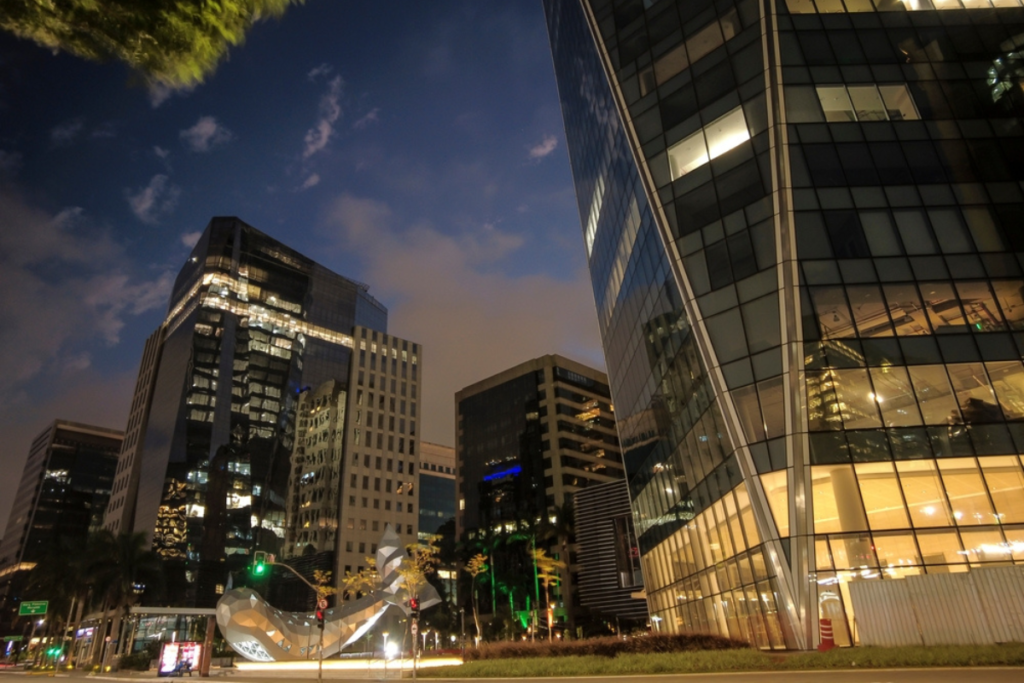Brazil’s Economy Sees Modest Growth Amid Challenges: Analyzing Recent Economic Indicators
A Closer Look at Brazil’s Economic Performance and Forecasts
In May, Brazil’s Central Bank reported a minor increase in its economic activity index (IBC-Br). The index, often a reliable predictor of the country’s Gross Domestic Product (GDP), rose by 0.25 percent, slightly below market expectations of a 0.3 percent increase. This comes after an almost stagnant growth of 0.01 percent in April, marking the second consecutive month of underwhelming economic performance.
Understanding the IBC-Br Index
The IBC-Br is a comprehensive measure incorporating various dimensions of economic activity, including agricultural production, manufacturing output, services performance, and tax collection volumes. While it provides valuable short-term insights, its true reliability shines through in long-term analysis. Over the past 12 months, the IBC-Br has climbed by 1.66 percent, a slight decrease from the 1.81 percent observed in April.
Current Economic Climate and Projections
The Central Bank’s Focus Report, a weekly survey gathering insights from top investment firms, indicates a median GDP forecast of 2.11 percent for 2024, a marginal rise from last week’s 2.1 percent. This is a optimistic stance compared to January’s median prediction of 1.78 percent. Despite this improved outlook, analysts are also expecting persistent inflationary pressures.
Inflation is projected to end 2024 at 4 percent, 0.2 points lower than the previous week’s expectation, but still significantly above the Central Bank’s target of 3 percent. The deteriorating fiscal outlook is one of the primary reasons behind this inflationary trend, prompting analysts to predict a stronger U.S. dollar, which is currently valued at BRL 5.22, up from BRL 5.13 four weeks ago. At the year’s outset, it was anticipated that the dollar would remain below BRL 5.
Sector-Specific Insights
Brazil’s real GDP grew by 0.8 percent in the first quarter of 2024, largely driven by growth in the services sector and a rebound in household spending. This positive trajectory is expected to extend into the second quarter but may face hurdles due to substantial flooding in the Rio Grande do Sul region in May, which had a noticeable impact on local economic activities.
Itaú, Brazil’s largest private bank, recently released its economic projections, predicting a 0.6 percent GDP growth for Q2 2024. The bank’s analysts mentioned that “some monthly indicators in May were weaker due to the impact of the floods in Rio Grande do Sul, but overall, economic activity has been resilient, especially in the consumption of goods.”
Retail Sector Performance
While the services sector maintained stability in May after two months of growth, Brazil’s retail sector showed positive outcomes for the fifth consecutive month. This consistent growth in retail highlights the resilience of consumer spending, a crucial component of the country’s economic framework.
Conclusion
Brazil’s economic indicators paint a picture of modest growth tempered by significant challenges, including persistent inflation and fiscal concerns. While short-term figures may show fluctuations, the underlying resilience in sectors such as retail and services offers a silver lining. As the country navigates through these economic complexities, the insights from institutions like the Central Bank and Itaú provide a critical roadmap for anticipating future trends.
For more detailed projections and financial services, visit Itaú’s Official Website.
This summary incorporates recent historical data and projections to provide a comprehensive overview of Brazil’s economic landscape, suitable for publication on a website.
